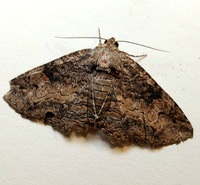
| Recorded by: Mark Basinger on 2025-09-10
Wilson Co.
Comment: | 
| Recorded by: Simpson Eason on 2025-07-29
Durham Co.
Comment: |
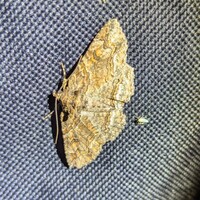
| Recorded by: Melody McMichael on 2025-07-25
Forsyth Co.
Comment: | 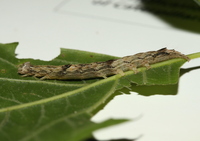
| Recorded by: David George on 2025-06-26
Orange Co.
Comment: |

| Recorded by: David George on 2025-06-26
Orange Co.
Comment: | 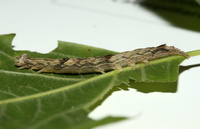
| Recorded by: David George on 2025-06-26
Orange Co.
Comment: |
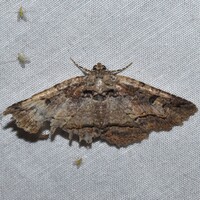
| Recorded by: Jeff Niznik on 2025-04-19
Orange Co.
Comment: | 
| Recorded by: Jeff Niznik, David George on 2025-04-05
Chatham Co.
Comment: |

| Recorded by: Jeff Niznik, Larry Chen on 2025-04-02
Orange Co.
Comment: | 
| Recorded by: David George, Jeff Niznik, Rich Teper on 2025-03-28
Chatham Co.
Comment: |

| Recorded by: David George, Jeff Niznik, Patrick Coin, Steve Hall, Carol Tingley, Tom Howard on 2024-07-27
Chatham Co.
Comment: | 
| Recorded by: Jeff Niznik, David George on 2024-07-25
Durham Co.
Comment: |

| Recorded by: Morgan Freese on 2024-07-07
Buncombe Co.
Comment: | 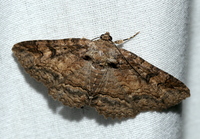
| Recorded by: David George on 2024-07-04
Chatham Co.
Comment: |

| Recorded by: David George, Stephen Dunn, Jeff Niznik, Patrick Coin on 2024-06-22
Chatham Co.
Comment: | 
| Recorded by: Lior S. Carlson, Dean Furbish on 2024-06-18
Lincoln Co.
Comment: |

| Recorded by: David George, Steve Hall, Patrick Coin, Mark Basinger on 2024-06-16
Chatham Co.
Comment: | 
| Recorded by: David George, Jeff Niznik on 2024-06-10
Chatham Co.
Comment: |
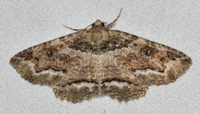
| Recorded by: Emily Stanley on 2024-05-26
Buncombe Co.
Comment: | 
| Recorded by: David George, Jeff Niznik on 2024-05-25
Chatham Co.
Comment: |
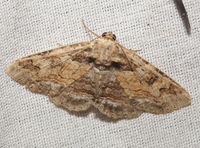
| Recorded by: David George, Rich Teper on 2024-05-13
Chatham Co.
Comment: | 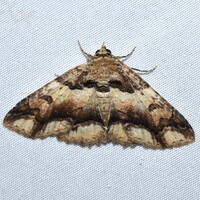
| Recorded by: Jeff Niznik on 2024-05-13
Madison Co.
Comment: |

| Recorded by: Jim Petranka and Becky Elkin on 2024-05-01
Madison Co.
Comment: | 
| Recorded by: David George, Stephen Dunn, Jeff Niznik on 2024-04-29
Chatham Co.
Comment: |
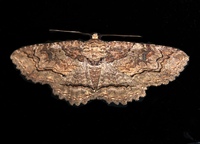
| Recorded by: Jim Petranka on 2024-04-15
Madison Co.
Comment: | 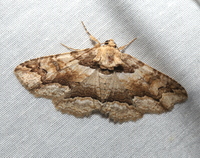
| Recorded by: David George, Jeff Niznik on 2024-04-01
Chatham Co.
Comment: |
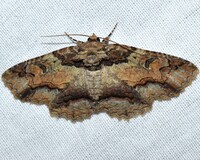
| Recorded by: David George, Jeff Niznik on 2024-03-16
Orange Co.
Comment: | 
| Recorded by: David George, Becky Watkins on 2024-03-14
Durham Co.
Comment: |

| Recorded by: David George, Jeff Niznik on 2023-09-04
Orange Co.
Comment: Feeding on Boxelder. | 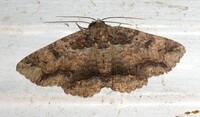
| Recorded by: Simpson Eason on 2023-08-20
Durham Co.
Comment: |
|

 »
»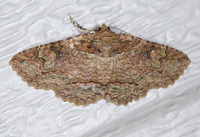




 »
»


